Our Stories
Recent Articles
History & Discoveries
Peeking Through the Draperies of National Statuary Hall
A short history of this significant space's special fabric.
History & Discoveries
Capitol Lyrics: "America the Beautiful"
The lyrics of this patriotic song are found easily at the U.S. Capitol.
History & Discoveries
A Hallowed Figure in American Art and Culture: the Bald Eagle
The bald eagle is painted, sculpted and carved throughout the Capitol campus. Its white head, wide wingspan and gnarled talons are ubiquitous.
History & Discoveries
Unearthing Capitol Hill's Buried History
Visit Congressional Cemetery and discover the many connections the Architect of the Capitol has to this hallowed ground.
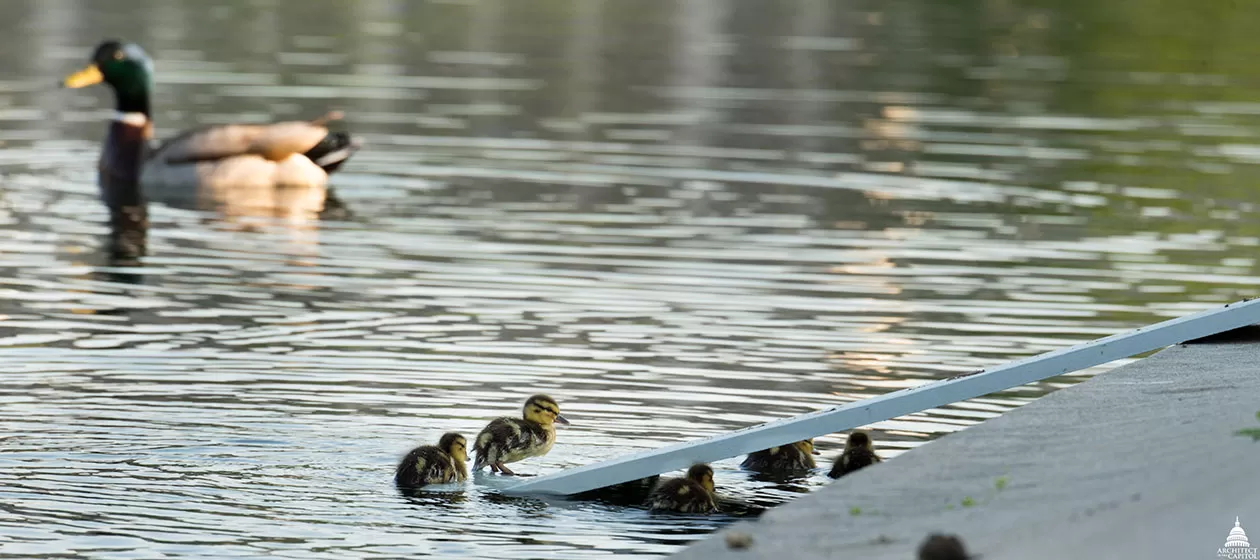
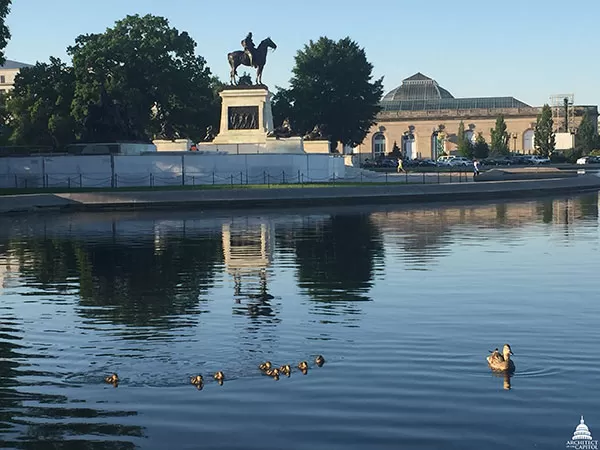
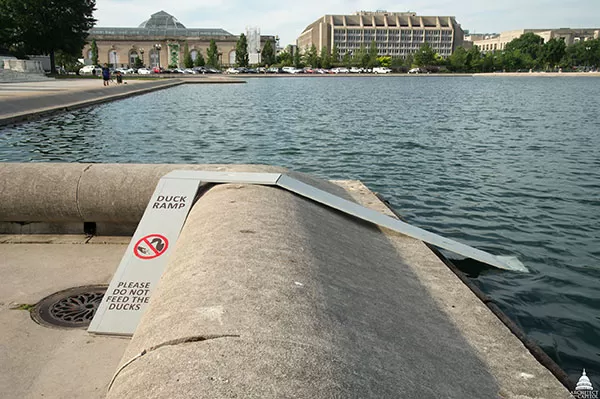
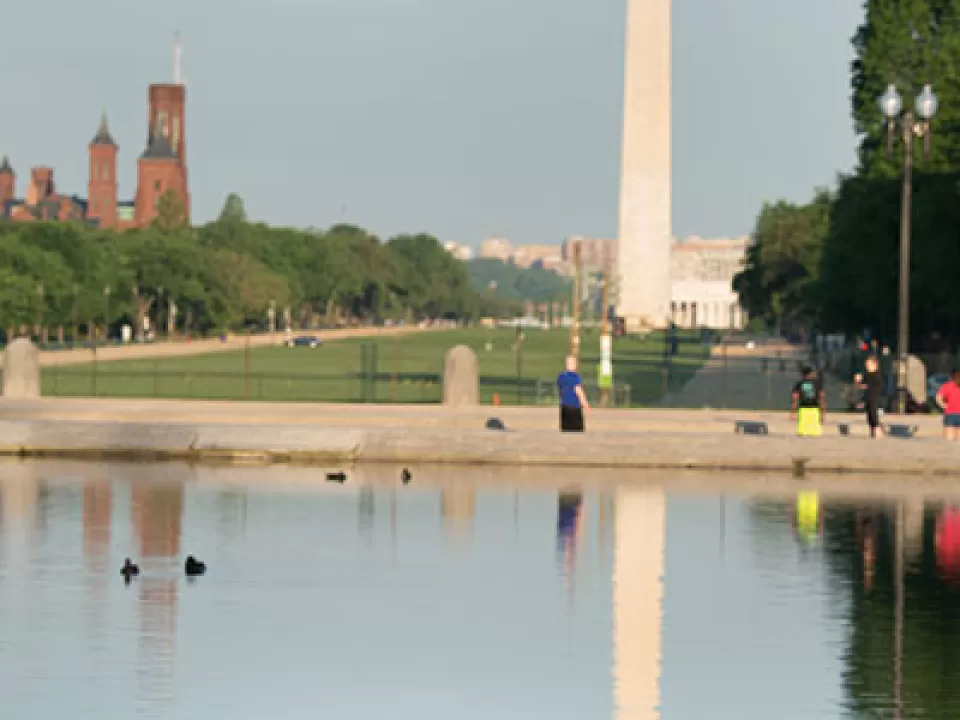
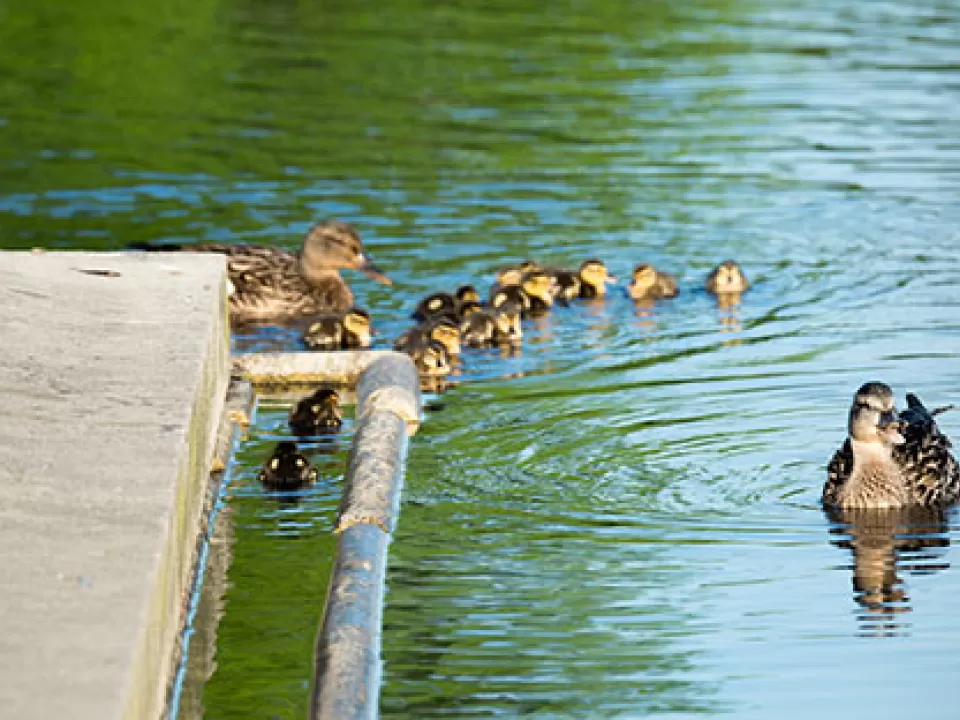
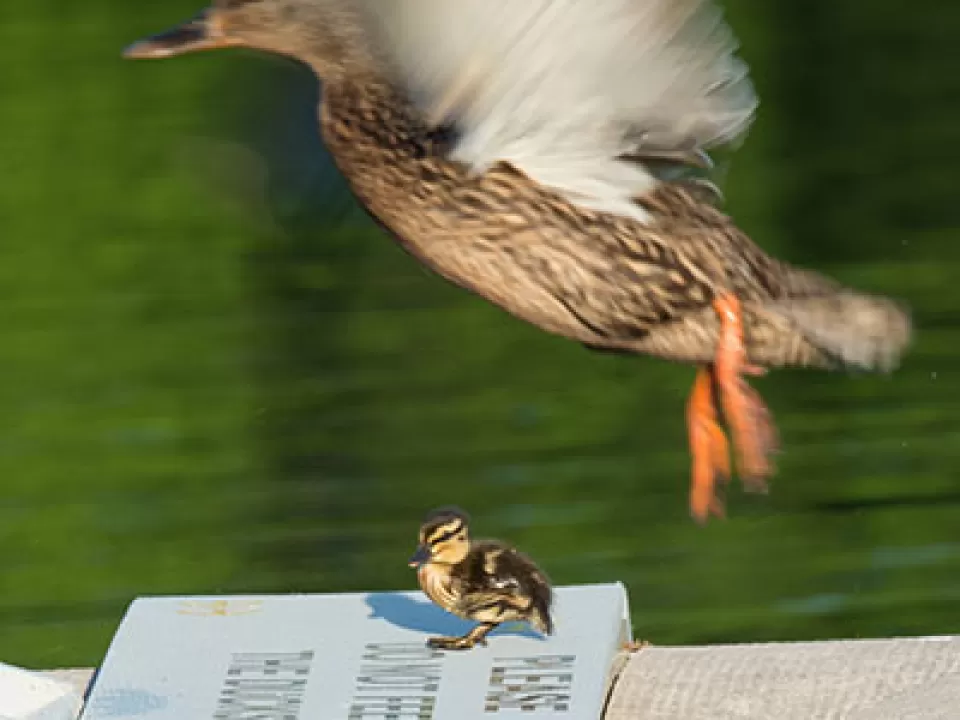
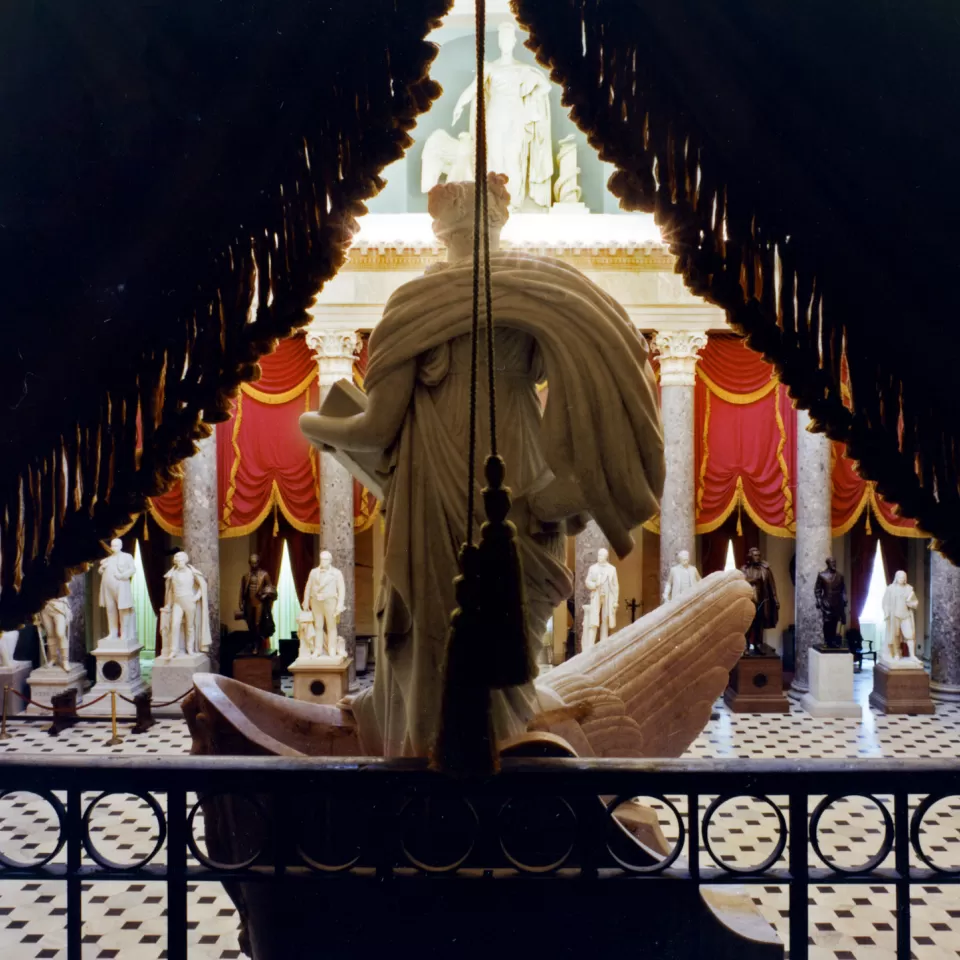
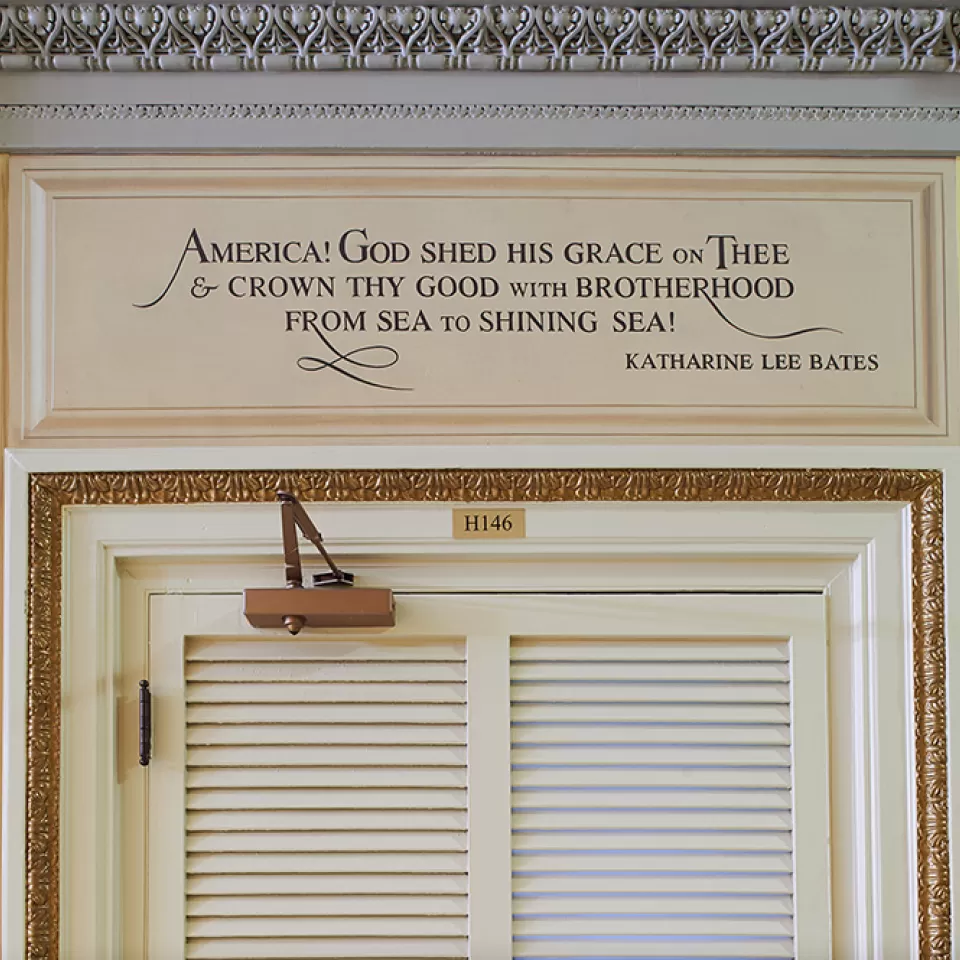
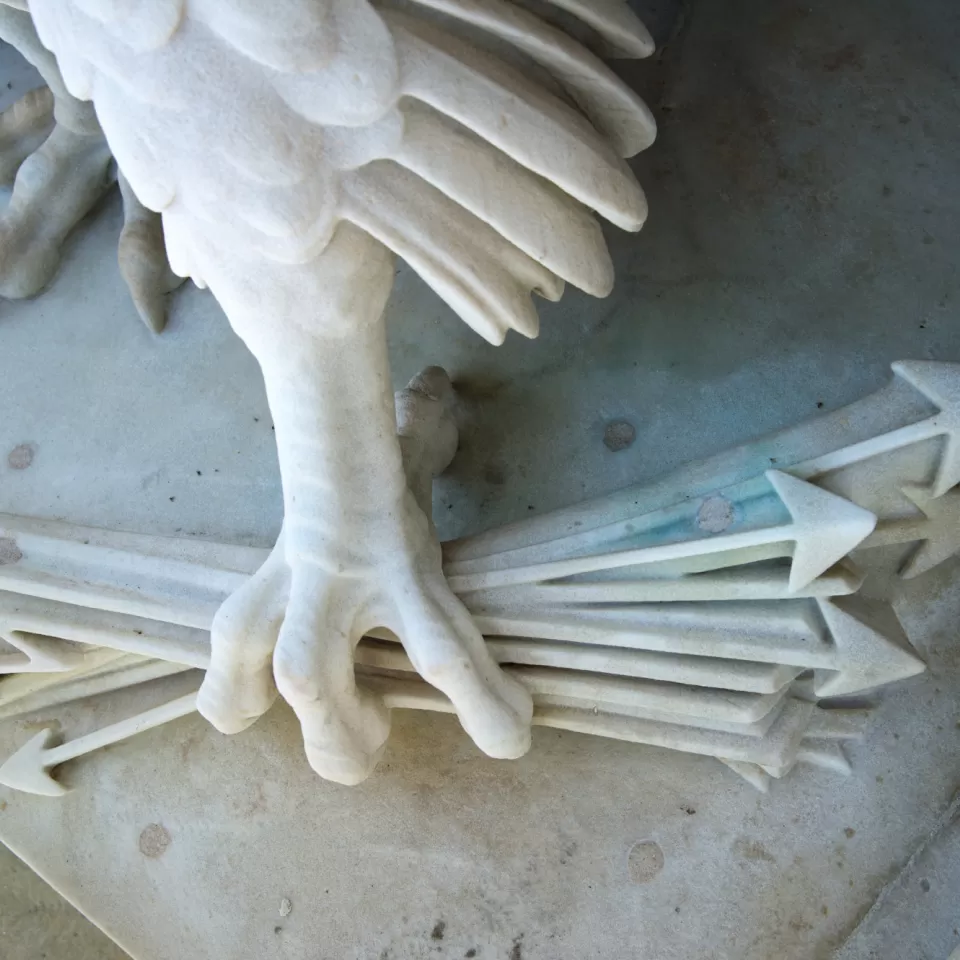
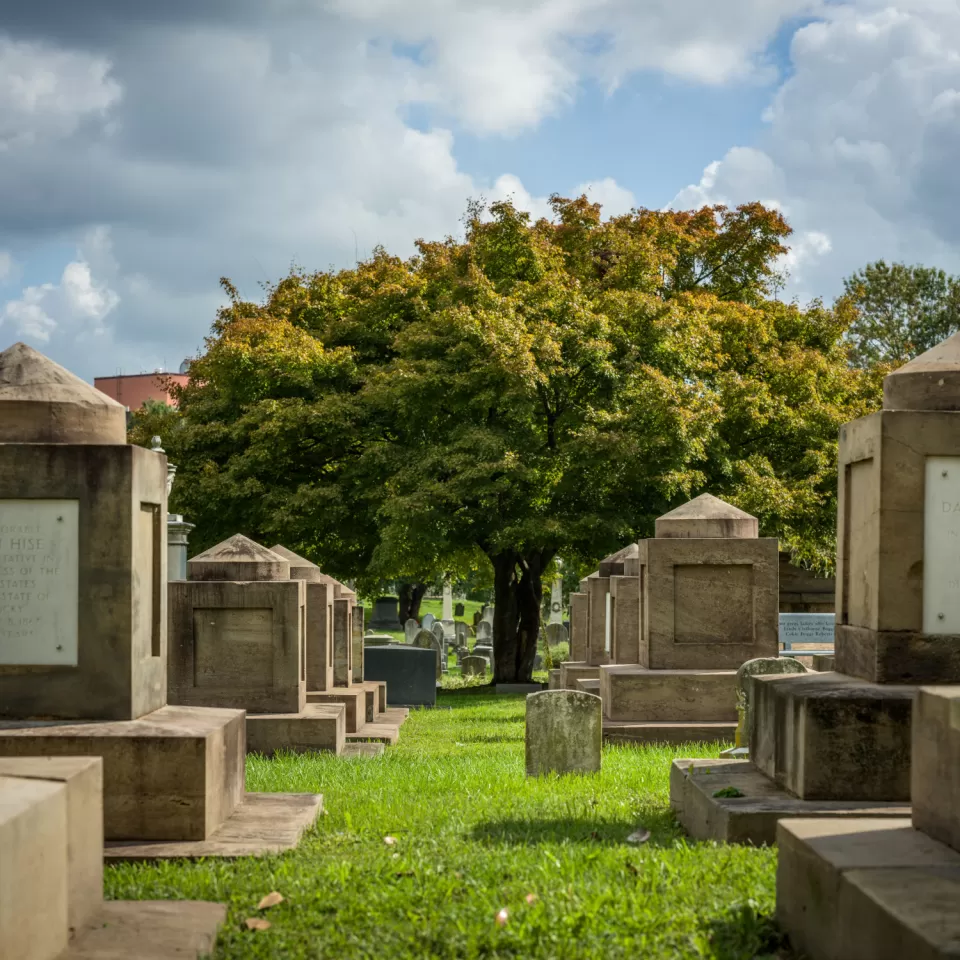
Comments
Aw. Thank you for doing this.
The greatness of a nation can be judged by the way its animals are treated. - Mahatma Gandhi_x000D_ _x000D_
What a wonderful use of tax dollars, and what a clever solution to this problem. This was delightful to read.
While we live in NC, if you decide to take up donations for more ramps please contact us, I'll be happy to help out the ducklings. I hope you share the plans with other muni's that have similar situations.
Thank you for taking the time to do this! I've seen similar ones (but not quite as nice) in some parks in London. It is refreshing to see some compassion at work.
Erin, thank you and everyone involved in this worthwhile and life-affirming project. You have demonstrated the heart and soul that too often is missing in D.C. You made my day.
a wonderful rest from politics! Make way for Ducklings!!!
How wonderful! As the title of the children's book states... you built ramps to : Make Way for Ducklings! _x000D_
Add new comment